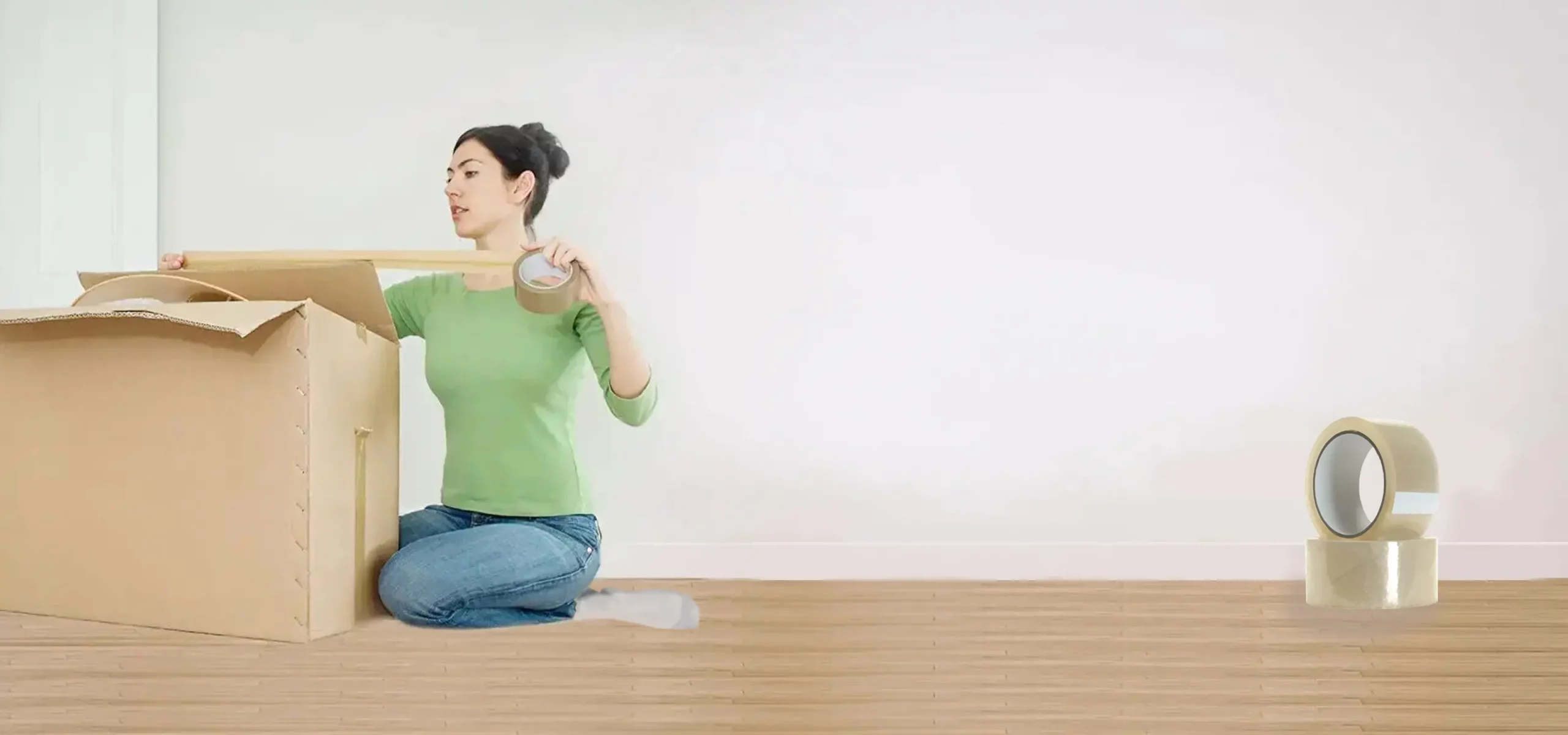
# Packing Tape: Essential Uses and Tips for Secure Shipping
## The Importance of Quality Packing Tape
Packing tape is an often overlooked but crucial component in the shipping process. This simple adhesive product serves as the final line of defense between your carefully packed items and potential damage during transit. Without proper tape, even the most meticulously packed boxes can come apart, exposing contents to moisture, dust, and impact damage.
## Different Types of Packing Tape
### 1. Pressure-Sensitive Tape
The most common type found in homes and offices, pressure-sensitive tape adheres when pressure is applied. It’s ideal for lightweight to medium-weight boxes and comes in various widths.
### 2. Water-Activated Tape
Also known as gummed tape, this variety requires moisture to activate its adhesive properties. It forms an exceptionally strong bond with cardboard, making it perfect for heavy or valuable shipments.
### 3. Filament Tape
Reinforced with fiberglass filaments, this tape offers superior strength and is often used for bundling items or securing heavy packages.
## Choosing the Right Tape for Your Needs
When selecting packing tape, consider these factors:
– Box weight and contents
– Shipping distance and conditions
– Environmental factors (humidity, temperature)
– Security requirements
– Budget constraints
For most standard shipments, a good quality pressure-sensitive tape with a width of 2 inches provides adequate security. However, for valuable or heavy items, investing in water-activated or filament tape might be worthwhile.
## Proper Taping Techniques
To ensure your packages stay securely sealed:
– Use the “H-taping” method for box flaps: apply tape along the center seam and then perpendicular at each end
– Overlap tape by at least 2 inches on each side of the seam
– Apply firm, even pressure when sealing
– For extra security, tape all seams and edges
– Avoid stretching the tape too much as this can weaken the seal
## Storage and Handling Tips
To maintain your packing tape’s effectiveness:
– Store rolls in a cool, dry place away from direct sunlight
– Keep tape in its original packaging until ready to use
– Avoid exposing tape to extreme temperatures
– Use a tape dispenser for easier application and to prevent curling
## Environmental Considerations
Many manufacturers now offer eco-friendly packing tape options:
– Paper-based tapes that are biodegradable
– Tapes made with natural rubber adhesives
– Recyclable plastic tapes
– Water-activated tapes that use starch-based adhesives
These alternatives provide secure sealing while reducing environmental impact.
## Specialized Packing Tape Applications
Beyond standard box sealing, packing tape serves various specialized purposes:
– Color-coded tapes for inventory management
– Printed tapes for branding or security messages
– Tamper-evident tapes for high-value shipments
– Double-sided tapes for specific packaging needs
## Cost-Effective Packing Solutions
While it might be tempting to cut costs on packing tape, remember that:
– A failed seal can lead to much higher costs in damaged goods
– Quality tape often requires less material to achieve a secure seal
– Bulk purchases can significantly reduce per-unit costs
– The right tape choice can reduce shipping insurance claims
By understanding the different types of packing tape and their proper use, you can ensure your shipments arrive safely while optimizing your packaging process. Whether you’re shipping personal items or managing business inventory, the right tape makes all the difference in secure transportation.
Keyword: packing tape